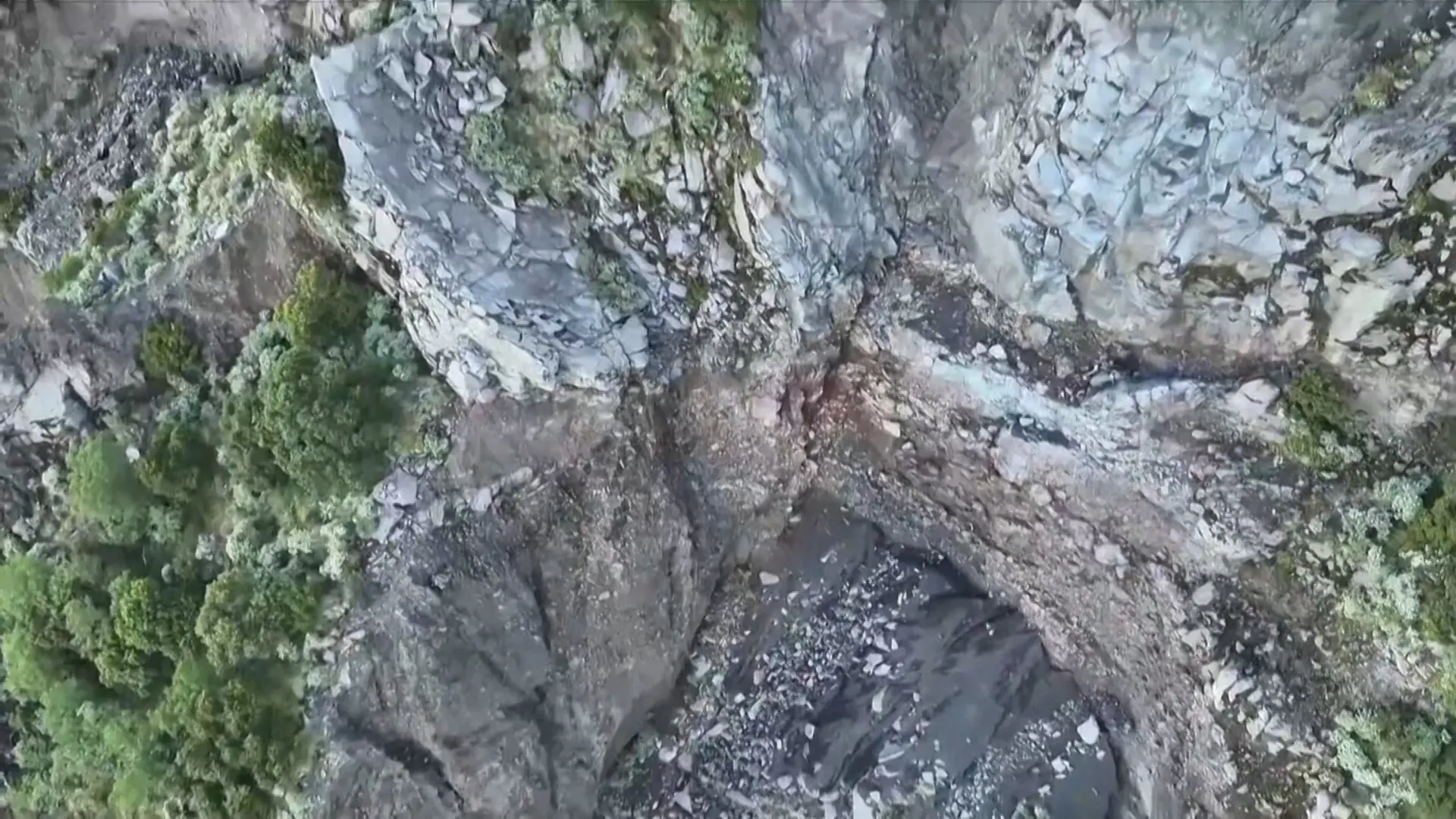Workers at the Egyptian port city of Alexandria have recovered 22 large stone blocks from the harbor floor. These stones were once part of the famous Lighthouse of Alexandria, one of the wonders of the ancient world. The recovery is part of an ongoing project to study the submerged ruins and create a virtual reconstruction of the ancient structure.
The stone blocks were raised from the seabed in Alexandria harbor, located on Egypt’s southeastern Mediterranean coast. They will now undergo detailed study and digital scanning. This new data will be added to existing digital records of over 100 other stones found underwater in the area over the past decade.
This research effort is led by French archaeologist and architect Isabelle Hairy. The project brings together experts from various fields, including history, archaeology, architecture, and engineering. Their primary goal is to build a virtual 3D model of the ancient lighthouse, which was heavily damaged by earthquakes before its final collapse in the 14th century.
Among the recently recovered stones are pieces that formed a massive doorway, estimated to weigh between 70 and 80 tons. Workers also found parts of a large structure resembling an Egyptian-style “pylon,” or ceremonial gateway, which may have been a separate monument near the lighthouse.
The Lighthouse of Alexandria: An Ancient Wonder
The Lighthouse of Alexandria, also known as the Pharos of Alexandria, stood on a small island called Pharos at the mouth of Alexandria’s harbor. Construction began around 280 B.C. under the orders of the Egyptian king Ptolemy II Philadelphus. Its main purpose was to guide ships safely into the busy port.
The city of Alexandria itself was founded by Alexander the Great, the Macedonian king who conquered Egypt from the Persian Empire in 332 B.C. It became the capital under the subsequent Hellenistic Ptolemaic dynasty and grew into one of the ancient world’s most prosperous cities.
 Simple line drawing of the ancient Lighthouse of Alexandria based on historical descriptions
Simple line drawing of the ancient Lighthouse of Alexandria based on historical descriptions
The lighthouse was considered a marvel of ancient engineering and architecture. It is believed to have stood over 328 feet (100 meters) tall, making it one of the tallest structures of its era. Its design featured multiple levels: a square base, an octagonal middle section, and a cylindrical top.
The light guiding ships was produced by a large fire, likely fueled by wood or oil. Ancient accounts suggest its beam could be seen up to 30 miles (50 kilometers) away. This powerful beam appears to have been created by reflecting the fire’s light using large, polished metal surfaces, possibly made of bronze or copper, though these reflective elements have not survived and remain poorly understood.
The Lighthouse of Alexandria earned its place among the ancient “wonders of the world,” as designated by Greek writers. It was widely celebrated by the time of Pliny the Elder, who wrote about it in the first century A.D., centuries after its construction, noting its significance during the Roman Empire.
Creating a Digital Twin
The submerged ruins of the Lighthouse of Alexandria were first systematically explored and documented in 1994 by French archaeologist Jean-Yves Empereur. The current work represents the third major research project at the site by academics from France.
Rather than attempting a physical reconstruction of the collapsed structure, researchers are focusing on creating a virtual model, sometimes referred to as a “digital twin.” This model is being built using data gathered from the underwater ruins and historical records.
 A large stone block is lifted by a crane from the water onto a platform in Alexandria harbor
A large stone block is lifted by a crane from the water onto a platform in Alexandria harbor
The newly recovered stone blocks are crucial to this effort. They will be digitally scanned, and the resulting data will be used by volunteer engineers to help position the blocks correctly within the virtual model. This process is described as piecing together a giant archaeological puzzle.
Beyond testing theories about its construction and eventual collapse, the virtual model aims to digitally restore the lighthouse’s original appearance. This will allow researchers and the public to explore the ancient wonder virtually, as if they were visiting the site itself.
 A digital rendering of a massive square stone archway, possibly a gateway component of the ancient lighthouse, with a figure for scale
A digital rendering of a massive square stone archway, possibly a gateway component of the ancient lighthouse, with a figure for scale
The ongoing recovery and study of the Lighthouse of Alexandria’s submerged remains continue to shed light on this remarkable ancient structure and the advanced engineering capabilities of the Hellenistic period. For more stories about ancient discoveries, explore articles on topics like mysterious Roman coins found on shipwrecks or archaeological finds related to figures like Alexander the Great. You can also learn about recent discoveries in Ancient Egypt.








































